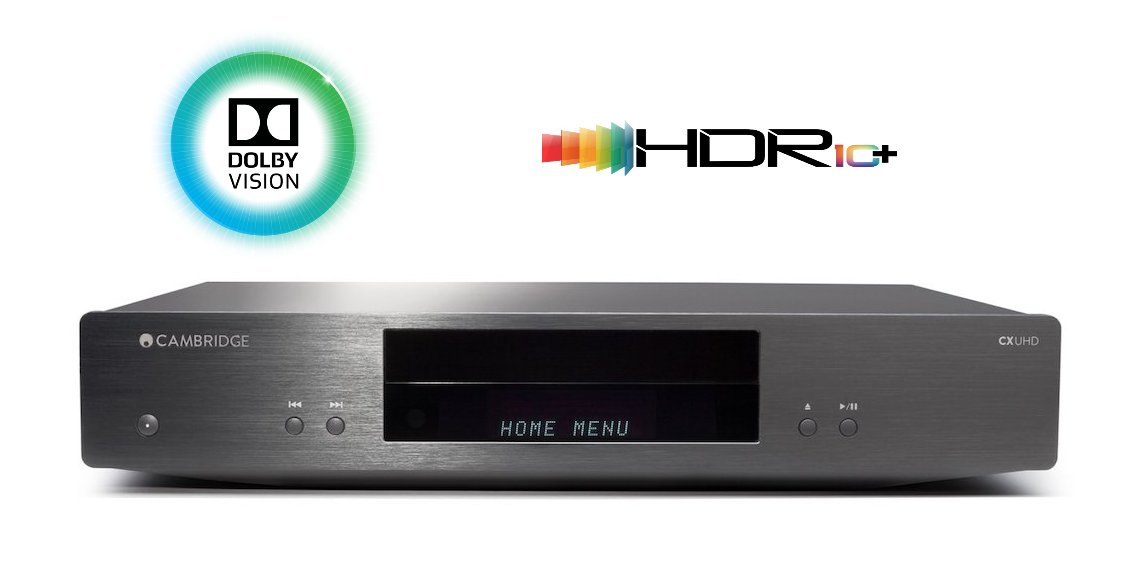
Most 4K Ultra HD content has a wider color gamut than regular HD content, matching or besting the color gamut used in theatrical cinema. Wide color gamut ( WCG) refers to technology that allows TVs to display a wider range of colors than they could before.HLG is the final HDR standard, but it’s mostly for use with live HDR content such as sports, not movies on disc. Some content, both streaming and disc, is now available in HDR10+, yet another standard designed to compete with Dolby Vision, but it isn’t as common as Dolby Vision. You need a Dolby Vision disc, a Dolby Vision–compatible player, and a Dolby Vision–compatible display to take advantage of it. Dolby Vision, on the other hand, is supported by some streaming services and some 4K Blu-ray discs (those discs also include HDR10, though). Every HDR device, including any 4K display that’s HDR-compatible, can handle HDR10 content. Pioneer X800 entsprechend, gibt es von PANNDE ein neues Modell, den PD-6 Elite, Ausstattungstechnisch fehlen hierbe. To our eyes, Dolby Vision HDR content looks better than HDR10 content, but HDR10 has wider support from manufacturers and movie studios. PANNDE PD6-Elite, PD670, PD660 (-Pro) UHD BD Player, Blu-ray Player & Ultra HD Blu-ray Player - HIFI-FORUM. HDR10 and Dolby Vision are the two major competing HDR standards for disc and streaming content. High dynamic range ( HDR) refers to video standards that enable higher contrast ratios-or, starker differences between light and dark areas of the screen-than prior technologies.Whereas a 1080p HDTV has 1,080 lines of resolution with 1,920 pixels in each line, 4K TVs have twice as many lines, with twice as many pixels in each line: 3840×2160 pixels.




 0 kommentar(er)
0 kommentar(er)
